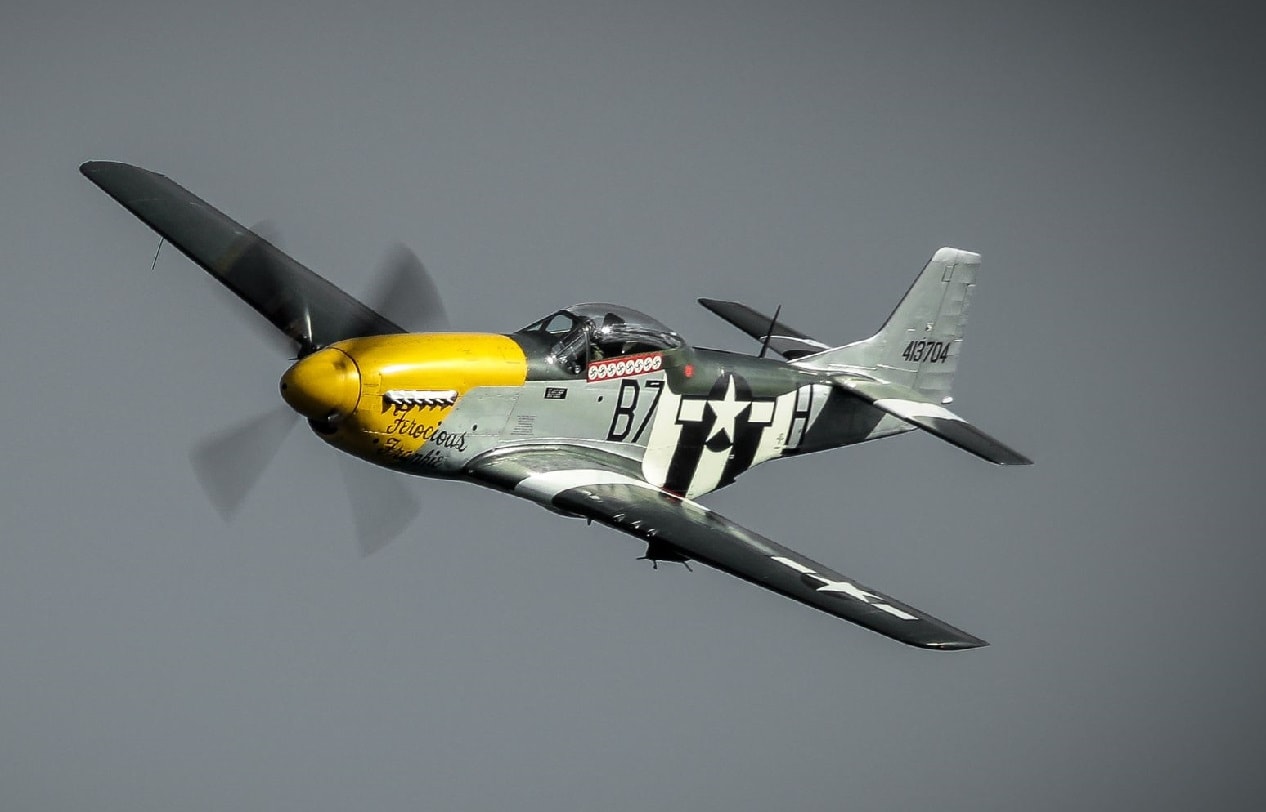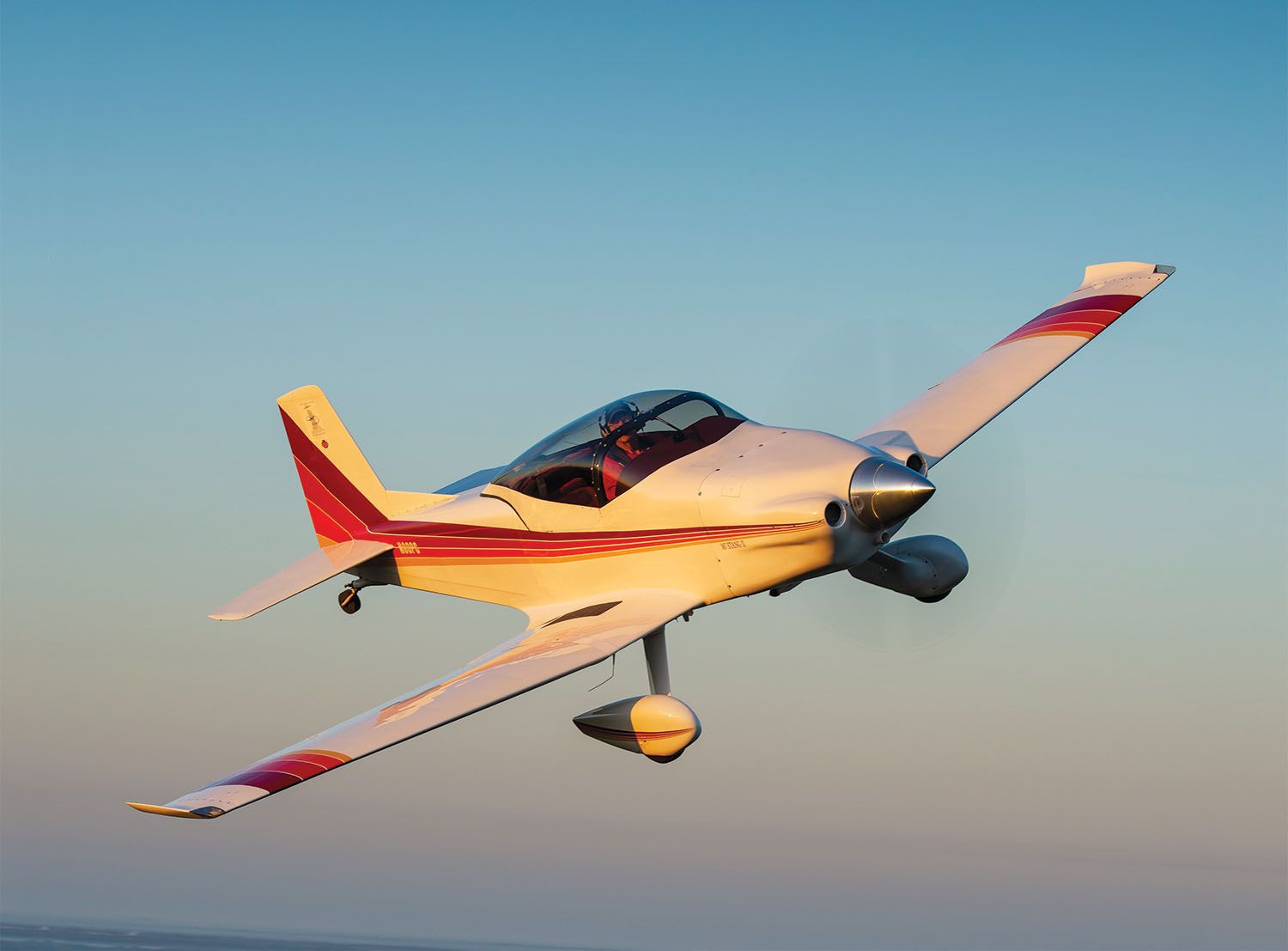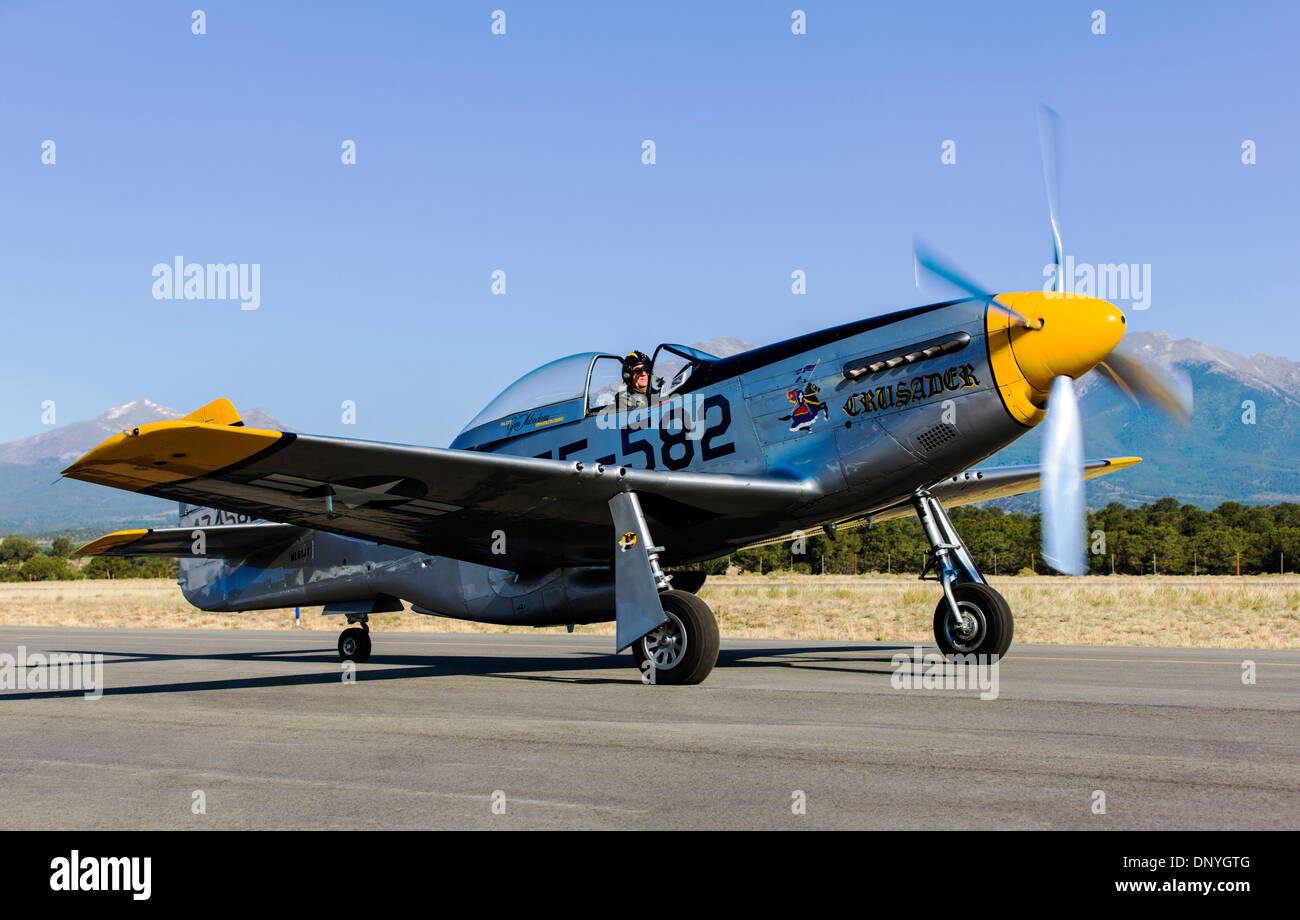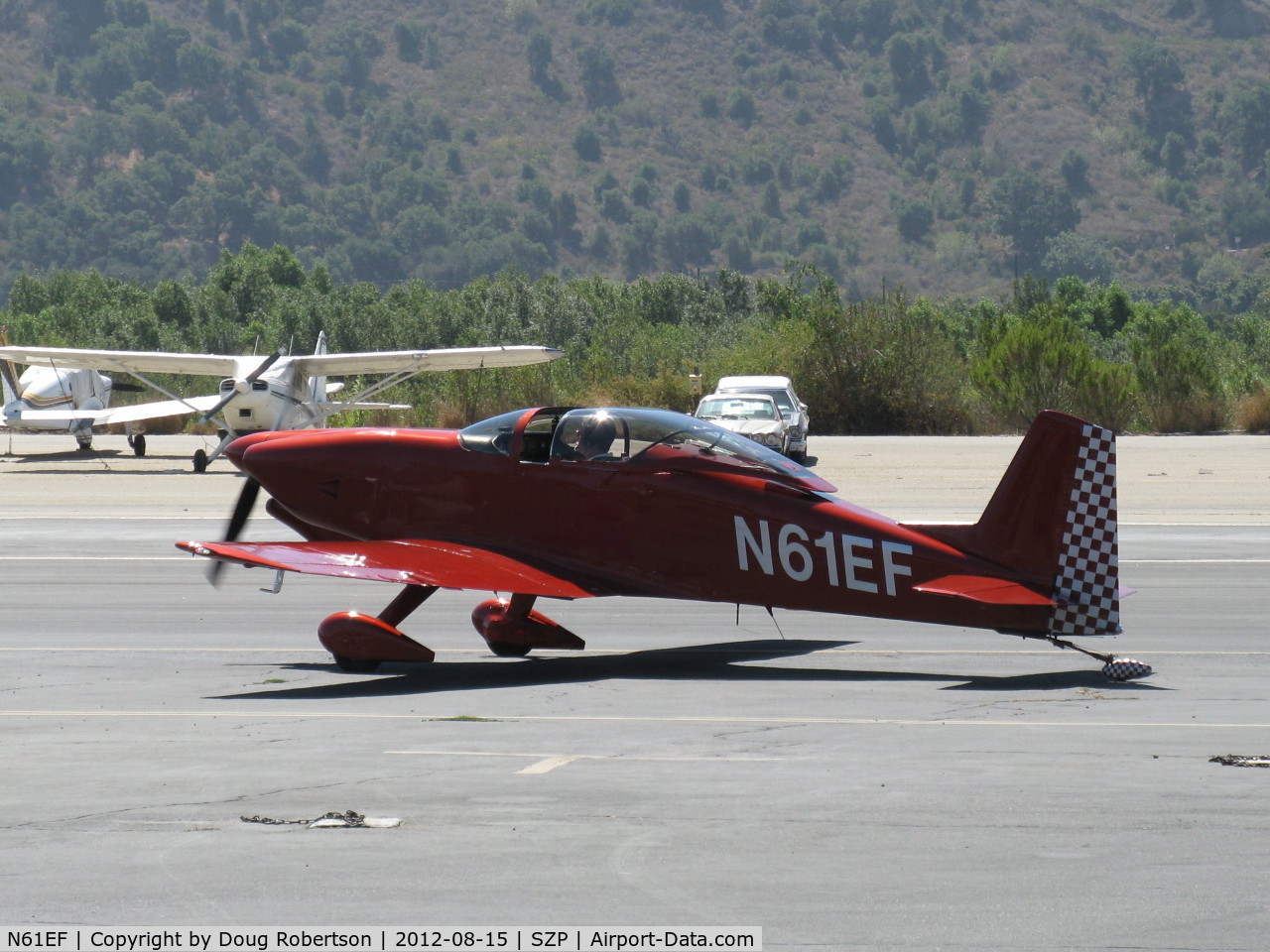Mustang 2 Aircraft - But none of that really matters. The Mustang II has a great name, a great look, and flies as beautifully as anything I've ever been lucky enough to lay my hands on. The controls are light without being twitchy, and responsive without being unstable.
It just feels right. The RV-7 is a nice airplane, no doubt. But next to the Mustang it looks like a Cherokee (Hershey bar wing, anyone?). And I'm not oblivious to real-world concerns. Speed is not the only factor.
Mustang 2 Aircraft

The Mustang II climbed at 1,700 feet per minute with two big guys at 6,000 feet, and it stalls gently. It does require a long runway, but 90 percent of those in the United States will be just fine.
Mustang Ii No Substitute For Speed
Oh, and did I mention that for those like me who will never build an airplane, you can buy a Mustang II for about half of what an RV–7 goes for these days? Saddle up. —Ian J. Twombly
About 13,300 Merlin-powered Mustangs were produced in the United States. Though production contracts were canceled at war's end, the P-51 remained in service with the Air Force for several years thereafter. P-51s, some taken out of "mothballs," were used for ground-attack missions early in the Korean War (1950–53).
Mustangs also were used by Nationalist forces in the Chinese Civil War and by Israel in the 1956 Sinai invasion. P-51s continued to serve in less-developed countries into the 1960s and last saw combat in Salvadoran hands during the 1969 Soccer War with Honduras.

Who among us flies at full throttle, with the prop at max rpm, the mixture full rich, at low altitude, except during takeoff and initial climb? Unless you're racing at Reno, your typical flight profile probably involves a climb, a reduction in prop/engine rpm, and leaning the mixture.
When you do those things, the Mustang II's speed advantage over the RV-7 becomes a rounding error. We rejoin, move into a line-abreast formation, push the throttles and props all the way up, and pitch for VY.
At 7,500 feet, the two airplanes are almost perfectly matched with identical climb rates of 1,700 fpm. They are wing tip to wing tip, and there is no discernible movement between them. We produce high-quality engine cowls that are lightweight and have excellent strength characteristics.
Our cowls not only make the aircraft look fast, they also make it go fast. Our latest design stems from decades of development focused on maximizing performance,minimizing drag, and delivering a quality product to the aircraft builder.
As far as I'm concerned there are two legitimate types of airplanes—those that go fast, and those that go low and slow. If you want to get up and go somewhere, then by all means get on it.

And if speed is what you're after, the Mustang II should be the new object of your affection. Plane and Pilot builds on more than 50 years of serving pilots and owners of aircraft with the goal of empowering our readers to improve their knowledge and enthusiasm for aviation.
Plane and Pilot expands upon the vast base of knowledge and experience from aviation's most reputable influencers to inspire, educate, entertain and inform. The crippling losses which the U.S. bombers had previously suffered thereafter drastically reduced: in October 1943 as many as 9.1 percent of the Eighth Air Force bomber sorties credited with attacking their targets had failed to return, and a further 45.6 percent had been damaged.
In February 1944 the corresponding figures fell to 3.5 percent and 29.9 percent. From that point, Germany was effectively under round-the-clock bombardment. Though fewer in number, the P-51 could penetrate deeper into German airspace than the other U.S.
fighters and was better in air-to-air combat; it thus played a disproportionately large role in the defeat of the Luftwaffe. Like all great things that go fast, it's loud, somewhat cramped, and visibility on the ground is awful.
If the speed doesn't make you feel like you're on a rocket to space, strapping into it will. I felt like an astronaut who needs help from the white-coated engineers handing me my gear—not to mention that, while on the ground, the seating position has you looking more at the stars than the earth.

Both airplanes are equipped with parallel-valve Lycoming IO-360 engines and constant-speed Hartzell propellers; in addition, their empty weights (1,070 pounds for the Mustang and 1,100 pounds for the RV–7) are closely matched. With two pilots and about 25 gallons of avgas in each airplane, it's a pretty realistic comparison.
Back in the traffic pattern at Maryland's Frederick Municipal Airport, that stability allows a normal, full-flaps approach at 65 KIAS and a ground roll with light braking of less than 1,000 feet. The Mustang approaches at 85 KIAS and its ground roll is nearly double.
Far more meaningful are the criteria that comprise what Vans Aircraft Founder Dick VanGrunsven calls “total performance.” Those considerations include short-field performance, aerobatic capability, ground handling, control harmony, comfort, visibility, and fuel efficiency. Some of these qualities are hard to quantify, but they add up to versatility, and that's where the RV series shines.
No other general aviation aircraft—experimental or FAA-certified—can match RVs across the full performance spectrum. The handling qualities of both airplanes are exceptional with well-balanced, authoritative controls over each airplane's full range of performance. The control forces in the RV-7 are light;
the Mustang's are slightly heavier with a crisp, sports-car feel. Which style a pilot prefers is a purely subjective matter of personal taste. P-51, also called Mustang, a single-seat, single-engine fighter aircraft originally designed and produced by North American Aviation for the British Royal Air Force (RAF) and later adopted by the U.S.

Army Air Forces (USAAF). The P-51 is widely regarded as the finest all-around piston-engined fighter of World War II to be produced in significant numbers. Our core material is a modern three dimensional fiberglass core material that increases strength and imported from the producer in Europe.
We do not use the inferior and cheaper Chinese knockoff product available on the market. We do not use a traditional honeycomb core which have a paper covering and over time can delaminate from the heat, oil and exhaust fumes that seep through the outer fiberglass covering in other cowls.
The two airplanes stay together for about five seconds, but then the Mustang starts pulling away. After 20 seconds, the Mustang is holding a substantial lead and nine-knot indicated airspeed advantage over the RV–7 (155 KIAS to 146, or 174 KTAS to 164) and the expanding gap between the two airplanes confirms the ASI readings.
Fly Off pits competitive airframes against each other in wing-tip-to-wing-tip contests designed to reveal real-world performance differences—and AOPA Pilot editors share the findings, and their opinions about the merits of each design. Let us know which airplane matchups you'd like to see in future Fly Offs, and we'll bring you the results in AOPA Pilot and videos on AOPA Live This Week.
Our cowlings for the Mustang II fit 320 and 360-390 forward-facing injected or updraft injected/carbureted engines. This cowl requires an extended hub propeller or spacer when used with a 360-390 engines. If you use a 320 with a 360 engine mount you will also need an extended hub propeller.

Kin to the Midget Mustang, this frisky tail-dragger seats two in side-by-side fashion and was developed as a cross country/sport plane. There is enough panel to accommodate full IFR gear. The Mustang II is a slightly slower ship using a 150-hp Lycoming engine.
Construction is all-metal with stressed skin. There are no complicated fittings or parts that require special skills or tools. The Mustang II can be equipped with the 180-hp Lycoming and Ray-Jay Ri 0325 turbocharger to offer 250-mph cruise with 30-gph economy.
And while we're talking about intangibles, here's the biggest: The RV community of builders and pilots is an actual community. Nearly 8,000 RVs have been built and flown around the world, and the people who own, build, and fly them are among the most knowledgeable, skillful, friendly, cooperative, and active people in aviation.
They happily share information and provide mutual support. They also do more actual flying (as opposed to hangar flying, coffee drinking, or donut eating) than any other aviation group I know. These two popular kit airplanes are both built to specifications—and they're extremely well-made and well-cared-for examples.
(In fact, Carlo Cilliers, owner and builder of the Mustang II, won a workmanship award for his airplane at EAA AirVenture 2012. And RV–7 builder, owner, and pilot Bill Cloughley meticulously followed the Van's Aircraft plans to make his airplane light
and straight.) Finally, at about 68 KIAS, the Mustang's tapered wing stalls and the airplane rolls about 30 degrees to the left before recovering. The RV–7—with its lighter wing loading and rectangular, Hershey-bar wing shape—is still solid and stable and about eight knots above its stall speed.
(And the RV–7's stall, when it does come, breaks crisply and straight ahead.)
mustang 2 aircraft for sale, mustang aeronautics mustang ii, bushby mustang 2 for sale, mustang airplane for sale, mustang ii airplane for sale, mustang aeronautics, mustang 2 experimental aircraft, mustang 2 kit plane